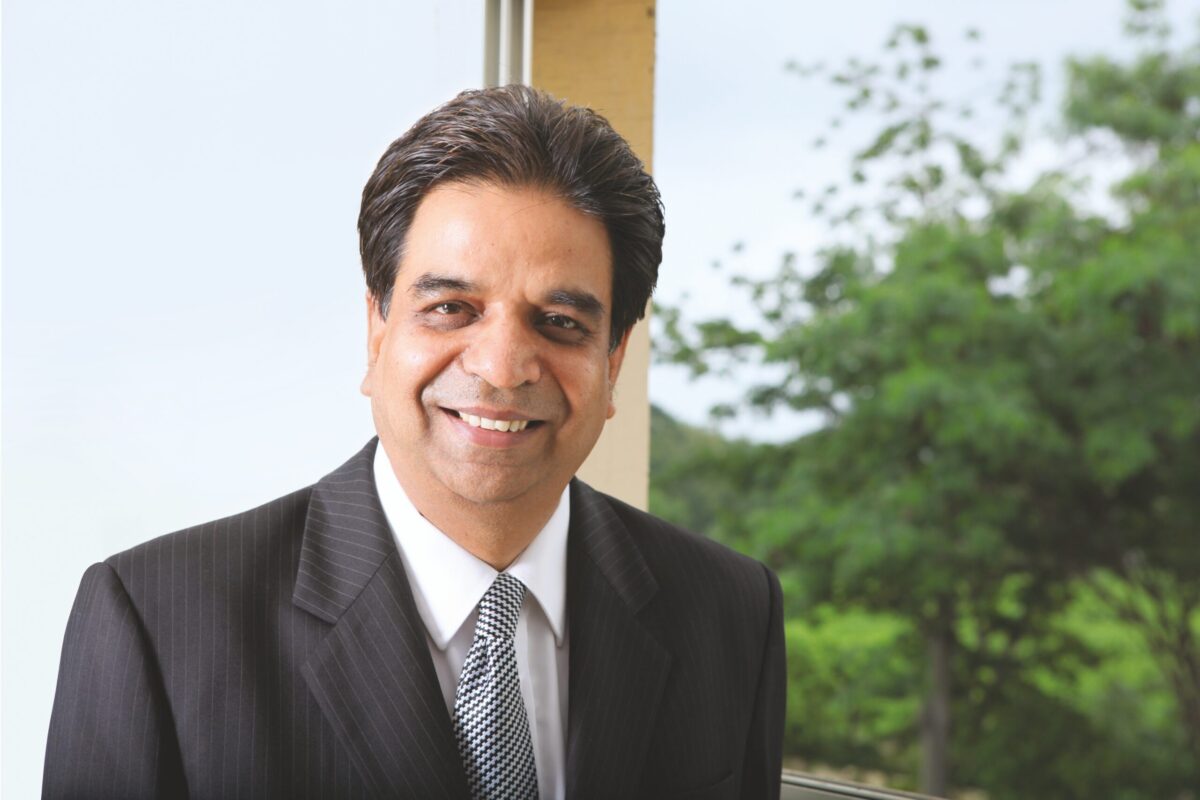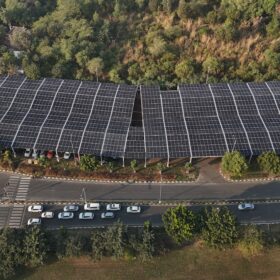There were murmurs of a possible no-limit lending rule by RBI, after solar developers and industry players met the MNRE in mid-September to discuss problems of land conversion by states, and delay in the mortgage/securitization process with lenders. Demands included a no-limit lending for renewable projects. Their hopes have, however, been dashed, after MNRE refused to support the move.
At present, solar rooftop projects are under PSL category, but the quantum of funding is restricted to Rs 15 crore (US$2.11 million).
Priority sector lending is aimed at providing institutional credit to those sectors and segments for which it is difficult to obtain credit. According to priority sector norms, scheduled commercial banks have to give 40% of their loans – measured in terms of Adjusted Net Bank Credit or ANBC – to the identified priority sectors, in accordance with the RBI regulations.
Financing woes have hindered the uptake of India’s renewable energy projects and inclusion of renewable energy in PSL has been a long-pending request from the industry.
Citing falling tariffs and power evacuation issues, Indian banking institutions are reluctant to fund renewable energy projects. With MNRE capping the solar tariff at Rs. 2.50 ($0.034)/unit, creditors have also raised questions about the viability of the projects.
In a move to help banks meet PSL targets in a more organized manner, in August this year, the RBI had said that it would soon release guidelines on what it called co-origination of loans by banks and non-bank finance companies (NBFCs) for the priority sector.
Foreign loans are cheaper than those offered by local banks and financial institutions. However, even though the interest costs of foreign loans are lower, project developers have to hedge their foreign currency exposure.
In March 2018, Prime Minister Narendra Modi called for concessional financing and less-risky funds for solar projects to raise the share of solar power in the energy basket. “We have to provide concessional financing and less-risky funds for solar projects,” he said.
India has set a target of 175GW renewable energy by 2022, which includes 100 GW from solar, 60 GW from wind, 10 GW from bio-power and 5 GW from small hydro-power. While 71 GW has been installed to date, investments over $100 billion are required to install the remaining capacity by 2022.
This content is protected by copyright and may not be reused. If you want to cooperate with us and would like to reuse some of our content, please contact: editors@pv-magazine.com.








By submitting this form you agree to pv magazine using your data for the purposes of publishing your comment.
Your personal data will only be disclosed or otherwise transmitted to third parties for the purposes of spam filtering or if this is necessary for technical maintenance of the website. Any other transfer to third parties will not take place unless this is justified on the basis of applicable data protection regulations or if pv magazine is legally obliged to do so.
You may revoke this consent at any time with effect for the future, in which case your personal data will be deleted immediately. Otherwise, your data will be deleted if pv magazine has processed your request or the purpose of data storage is fulfilled.
Further information on data privacy can be found in our Data Protection Policy.